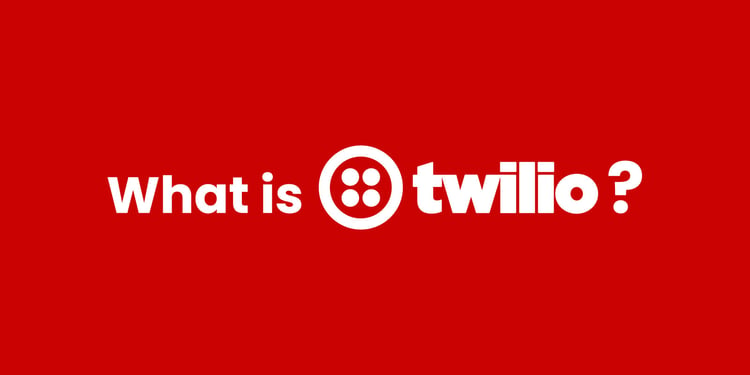HubSpot

HubSpot API’s for Non-Developers: An Easy-to-Understand Explanation
Read more
HubSpot is the best CRM in the business, it really can do anything. Just think of a piece of software and HubSpot can likely integrate with it natively (a fancy term for “plug-and-play”). But what happens when your client throws in a wild request? Such as “Can we sync Whatsapp conversations into HubSpot and trigger a task to be created if a lead says I’m interested?” Usually, that's when you nod knowingly and say, “I’ll speak to our technical team and get back to you.” This blog is here to bridge

















